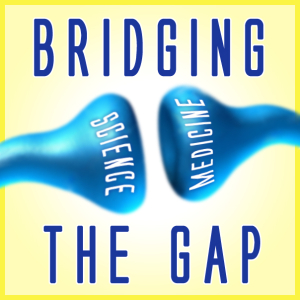Anyone who has come face to face with a bear can attest to the fact that our bodies can respond physiologically to emotional stimuli in the environment. A racing heart rate, rapid breathing and pounding cardiac output are all physiological responses that may take place during such an encounter. But we do not necessarily need to run into a bear to dramatically affect our cardiovascular (CV) health. In fact, our day-to-day moods have profound effects on our heart’s ability to distribute oxygen. While physicians routinely emphasize maintenance of a healthy diet, regular exercise and a non-smoking lifestyle in CV care, it is critical to further understand how our daily moods impact heart health in order to provide a more well-rounded perspective to approaching CV disease.
Even the film segments we watch, for example, can determine how we perform on CV risk factor assessments. One experiment divided volunteers into two groups: the first watched popular comedies, while the second watched the opening segment of “Saving Private Ryan,” a movie known to induce mental stress in viewers. The brachial artery reactivity test (BART) was used to evaluate CV risk factors. The results were significant in demonstrating the divergent effects of watching a stressful film versus one that promotes laughter on the BART measurements. Interestingly, investigators found a 35 percent reduction in flow mediated vasodilation (FMD) in the stressful film viewing group, but a 22 percent increase in the same measurement of flow-mediated changes in arterial diameter of the comedic film group. This 22 percent increase in FMD is comparable to the beneficial effects seen with aerobic exercise, as well as statin therapy, illustrating just how effective watching a film that induces laughter can be on improving vascular health.
The mechanism behind these findings has been hypothesized. The anterior pituitary is believed to produce endorphins in response to the humorous stimuli, which in turn activate mu opioid receptors expressed on vascular endothelial cells. Activation of these receptors results in enhanced activity of an enzyme known as nitric oxide synthase, which induces elevated levels of nitric oxide (NO) in the body’s vasculature. The increased level of NO is highly cardioprotective, through involvement in cell signaling pathways contributing to vasodilation, reduced platelet aggregation, and reduced vascular inflammation.
Conversely, psychosocial stress has been found to impair coronary artery vascular responses. One experiment housed four sets of atherogenic monkeys who were fed varying diets (high/low cholesterol) and were subjected to varying levels of chronic psychosocial disruption (high/none) in order to assess the ability of their coronary arteries to dilate in response to acetylcholine administration. The social disruption was achieved by switching the membership of the monkeys’ social groups periodically. After 16 months, authors conducted an intracoronary infusion of acetylcholine imaged via coronary angiography to determine the changes in artery diameter in response to local acetylcholine administration. The study had remarkable results: the monkeys consuming the low cholesterol diet but experiencing social stress exhibited arterial constriction in response to acetylcholine. The chronic stress levels of the monkeys, rather than diet alone, helped determine the reaction of their coronary arteries to acetylcholine in their systems, providing evidence of the detrimental effects of constant emotional distress on healthy physiological responses.
While lower cholesterol diets, non-smoking routines, and frequent exercise are all vital for maintaining heart health, evidence suggests that the effects of mood on cardiovascular health may provide a significant contribution, as well. Scientific research supports the role of low-stress and high-laughter temperaments in contributing to protective cardiovascular benefits, and such implications should not be overlooked. In addition to the environmental factors that influence cardiovascular health, it is crucial to continue research into understanding how moods can be further affecting other organ systems physiologically.
Bridging the Gap focuses on the relationship between basic research and medicine to develop an appreciation for the science that underlies the foundations of modern medicine



